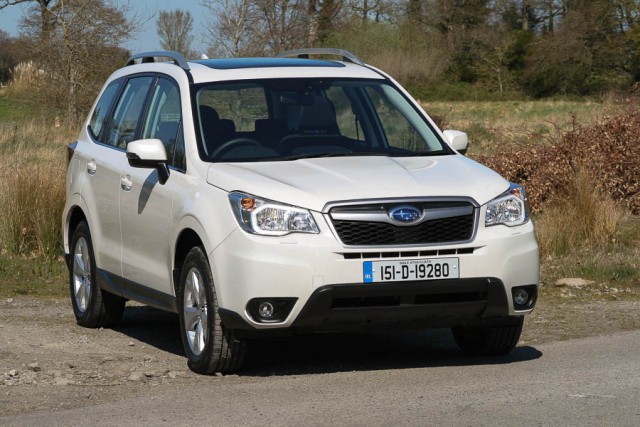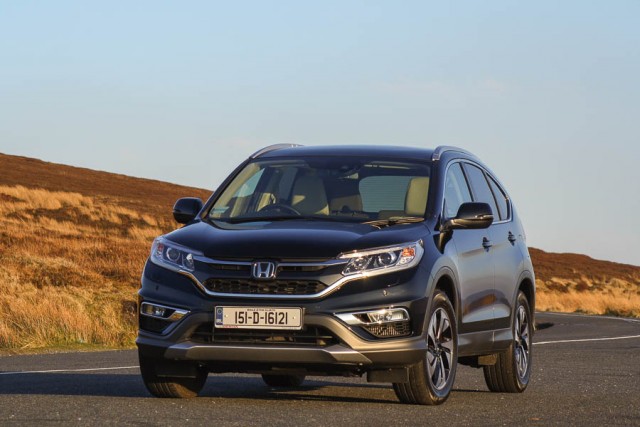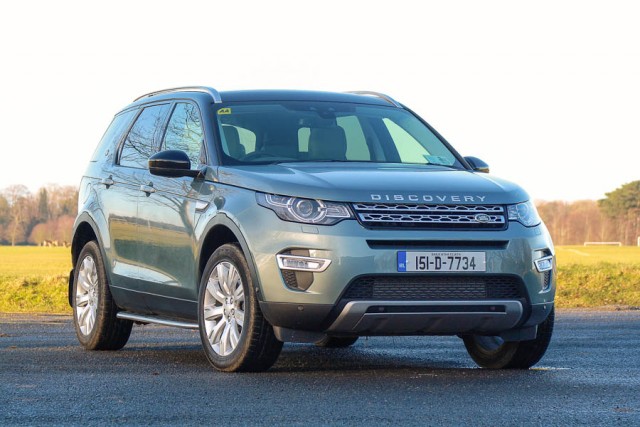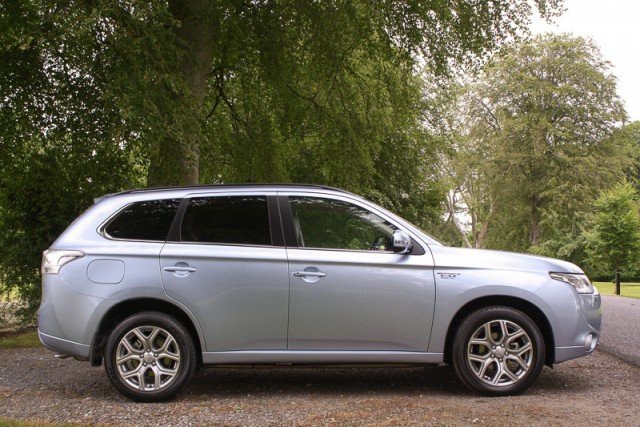Good: smooth engine and transmission, spacious, rugged
Not so good: a bit expensive for this model, looks quite bland
Without using Google, can you name three Subaru models currently on sale? Petrol heads still associate the Japanese brand with its rally heritage and legacy (sorry) of turbocharged high-performance Imprezas. But nowadays the Impreza is a very average C-segment hatchback and the rally replicas are badged WRX STI. The latter are still fast and fun, but undoubtedly of a bygone era.
The other side of Subaru, which happens to be very relevant to the Irish market, is its rugged go-anywhere workhorses that have a great reputation for reliability and toughness. It's no wonder they have such a strong following in the farming community. That's where the Subaru Forester comes in.
I fondly remember the first generation Forester and its characterful turbocharged boxer engine. It was, in essence, an Impreza Turbo estate with more ground clearance and softer suspension. This made it a lot of fun on twisty country roads where it easily dealt with bumps and undulations that would cause an Impreza Turbo driver to cling on for dear life.
Soft suspension and an elevated ride height are about all the current Forester has in common with the original as it has evolved into a mid-size SUV along the same lines as the Honda CR-V and Mitsubishi Outlander. It's actually very close in dimensional terms to those two and, like the CR-V in particular, the Forester has loads of interior space front and rear, but it can't be had in seven-seat format. The cabin has been upgraded of late banishing the ancient looking stereo interface and hard plastics for a far more modern soft-touch dashboard with a simple to use touchscreen system (in some versions). It's a shame that, when you have the blind for the panoramic sunroof open, reflections off its shiny surface make it sometimes tricky to read.
High up on the dashboard above that is a supplementary information screen focusing on fuel consumption, but also showing the operation of the full-time four-wheel drive system and the torque distribution between the wheels. Subaru markets its all-wheel drive system as 'Symmetrical AWD', but in fact, it differs from vehicle to vehicle. That refers to the combination of a 'boxer' engine (flat-four in this case) with four equal length drive shafts. Not all versions default to equal proportion of the engine's output to each wheel. Indeed, we believe that, in the case of the CVT-equipped diesel Forester, 60 per cent of the available torque is, in normal conditions, sent to the front axle. There are electronically controlled multi-plate clutches to divvy it up as needs be, depending on the grip levels at each wheel.
Although diesel power dominates SUV sales in Ireland, Subaru does offer a single petrol model too, also with the Lineartronic CVT gearbox. It costs €35,995. Obviously Subaru's 2.0-litre 'boxer' turbodiesel, producing 148hp and 350Nm of torque, will be more popular. Doesn't sound like a lot in such a large car but actually, the engine is surprisingly frisky, helping the Forester post a respectable 0-100km/h time of 9.9 seconds. And it's even faster feeling on the move with plenty of acceleration at all times even at 120km/h.
Although the Forester has a decent four-wheel drive system and is undoubtedly rugged, it's a remarkably capable motorway cruiser. The engine is all but inaudible most of the time, though in fairness that's because of some wind roar and road noise coming through - not excessive though. The biggest contributor to the quietness and relaxation on the motorway is the Lineartronic automatic gearbox. It's a Continuously Variable Transmission (CVT), something we've ridiculed in many other cars, specifically when mated with a petrol engine, but it works brilliantly with the boxer diesel, using its ample mid-range torque rather than high revs and making for relaxing and mostly seamless progress (a jerk through the transmission seems to infrequently and randomly occur at low speeds). There are paddle shifters mounted to the back of the steering wheel to allow you to override the default strategy, but there are no gears as such so it's only of use if you'd like to summon up engine braking. The actual brakes are powerful enough to give you confidence to tow this car's maximum capacity of 2,000kg.
This top of the range XC version comes with auto lights, 17-inch alloys, a panoramic glass sunroof, electric adjustment for the driver's seat, seat heating, electric windows all-round dual-zone climate control, the new touchscreen system and auto wipers, which is a generous specification by any measure, but at €41,995 it has some fierce competition in the market, from the cars mentioned above and others supposedly in the class above with more glitzy showroom appeal than the Forester. And with only 13 Irish dealers to spread the word it's likely that the Forester will remain relatively unknown by Irish buyers. It deserves more than that.































